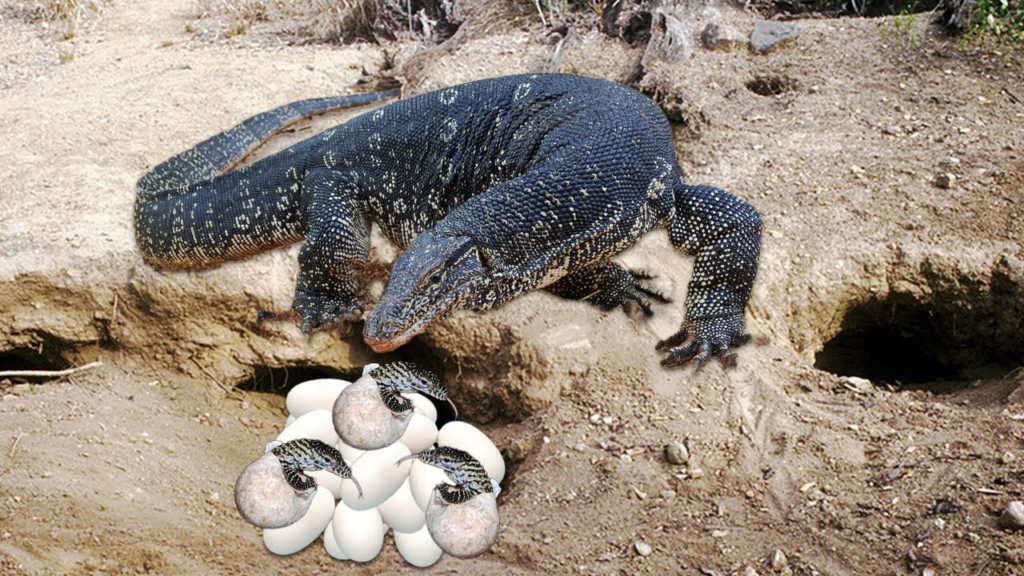Other Egg Laying Animals
other animals that laying eggs by Delta publications
key notes :
What are Egg-Laying Animals?
- Egg-laying animals are those that reproduce by laying eggs.
- The eggs hatch to give birth to young ones.
Types of Egg-Laying Animals
- Birds: Most birds, like chickens, eagles, and penguins, lay eggs.

- Reptiles: Reptiles such as snakes, lizards, turtles, and crocodiles lay eggs.

- Amphibians: Frogs, toads, and salamanders are examples of amphibians that lay eggs in water.

- Fish: Many fish, such as salmon and clownfish, reproduce by laying eggs in water.

- Insects: Insects like butterflies, ants, and bees lay eggs.

- Monotremes: Some mammals like the platypus and echidna lay eggs instead of giving live birth.

Egg Structure
- Eggs have different parts like the shell (protects the embryo), yolk (provides food), and albumen or egg white (offers water and protein).
Importance of Eggs for Animals
- Eggs protect and nourish the developing embryo until it is ready to hatch.
- Some animals provide care for the eggs, while others leave the eggs to hatch on their own.
Habitats of Egg-Laying Animals
- Egg-laying animals live in various habitats, such as forests, water bodies, and deserts.
- Some animals lay their eggs on land (e.g., birds and reptiles), while others lay eggs in water (e.g., fish and amphibians).
Different Egg Sizes and Shapes

- The size, shape, and color of eggs vary depending on the species. For example, bird eggs can be oval or round, while insect eggs are often tiny and varied in shape.
Egg Care by Parents
- Some animals, like birds, sit on their eggs to keep them warm (incubation).
- Other animals, like reptiles, bury their eggs or leave them in safe places to hatch on their own.
Let’s practice!

